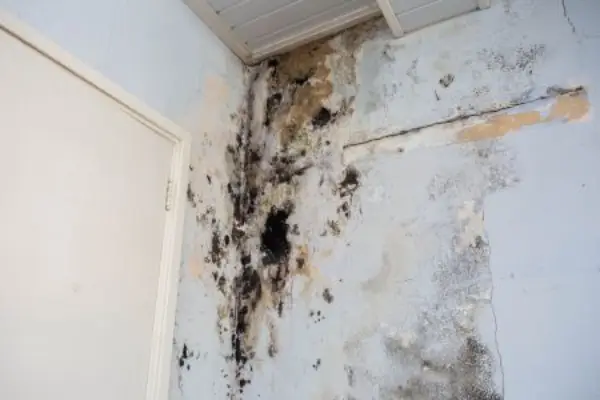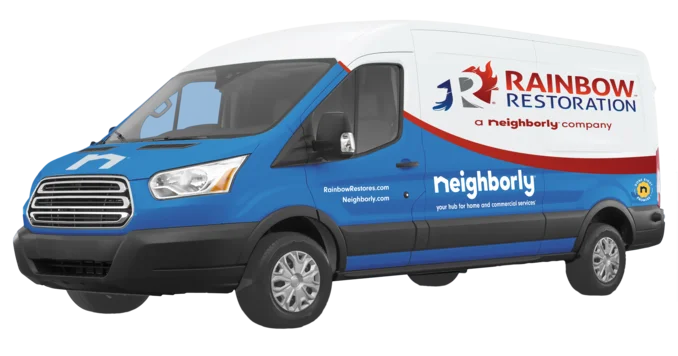
Overcoming Material-Related Challenges When Handling Kingsport Water Damage
Water leaks can originate inside or outside your house, but either way, you end up with many problems. Fast water removal is essential to minimize the impact such water exposure has on your property. Since a home is built with various materials, water removal requires a more tailored approach. Of course, it is essential to conduct an assessment to determine the amount of water involved and its extent of spread throughout the property.
Apart from water volume, the other main determinant of how water is removed from your Kingsport property has to do with the materials you have on your premises. Some materials absorb and hold significant water volumes, while others take time to dry. Still, some materials may conceal water, which can interfere with your removal efforts. Rainbow Restoration evaluates the damage to your property to determine the best approach for water removal.
Materials That Require Special Attention
- Carpets
- Hardwood floors
- Tiled surfaces
- Drywall
On carpeted surfaces, the water is buried deep within the carpet fibers, making standard removal techniques ineffective. A professional approach involves using weighted extractors to remove water, simplifying the process. Powerful vacuum extractors such as truck-mounted units are also helpful. Apart from using specialized equipment, other steps, such as lifting the carpet and removing the padding, further enhance water removal, leaving the affected areas dry. Drywall also presents serious challenges since it absorbs water. The difference with carpets is severe deterioration since the material swells and crumbles if left wet for an extended period. Strategies for removing water trapped behind include punching vent holes to release water and circulate warm, dry air behind the drywall to enhance moisture removal.
Removing Water From Tiled Surfaces Can Be Problematic
Resilient materials such as tiles simplify water removal since they do not absorb water. Ordinarily, a simple mop-up should take care of the problem. However, moisture often seeps through grout lines into the subfloor, causing hidden damage. The same qualities that make tiles resilient to water exposure can make removal extremely challenging. Specialized equipment, such as drying mats, helps extract water trapped beneath tiles and hardwood boards.
Rainbow Restoration of Tri-Cities has advanced tools and expertise to remove water from every surface in your home. Prompt water removal also prevents secondary issues, such as mold, which can spread within 24–48 hours.
